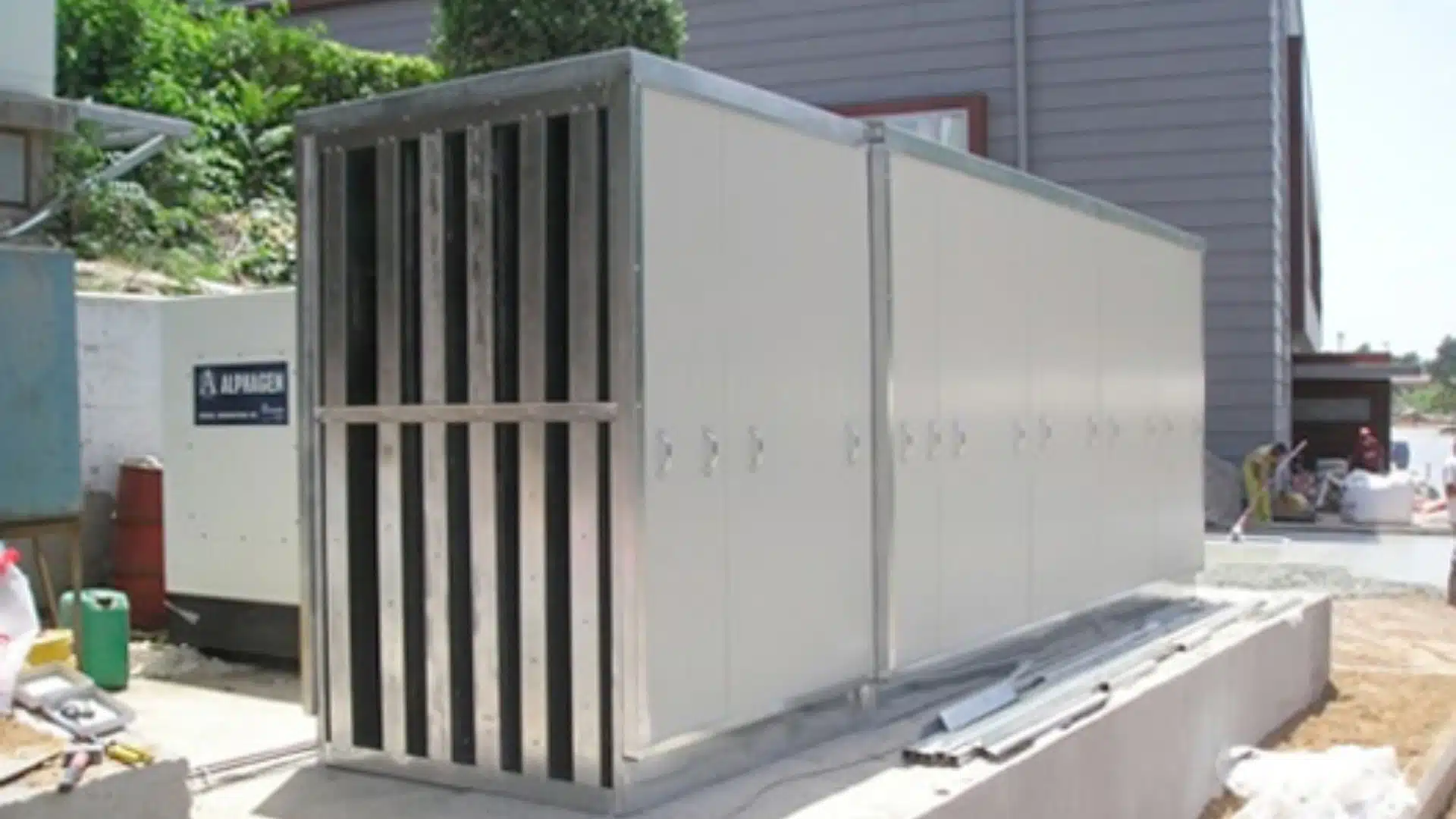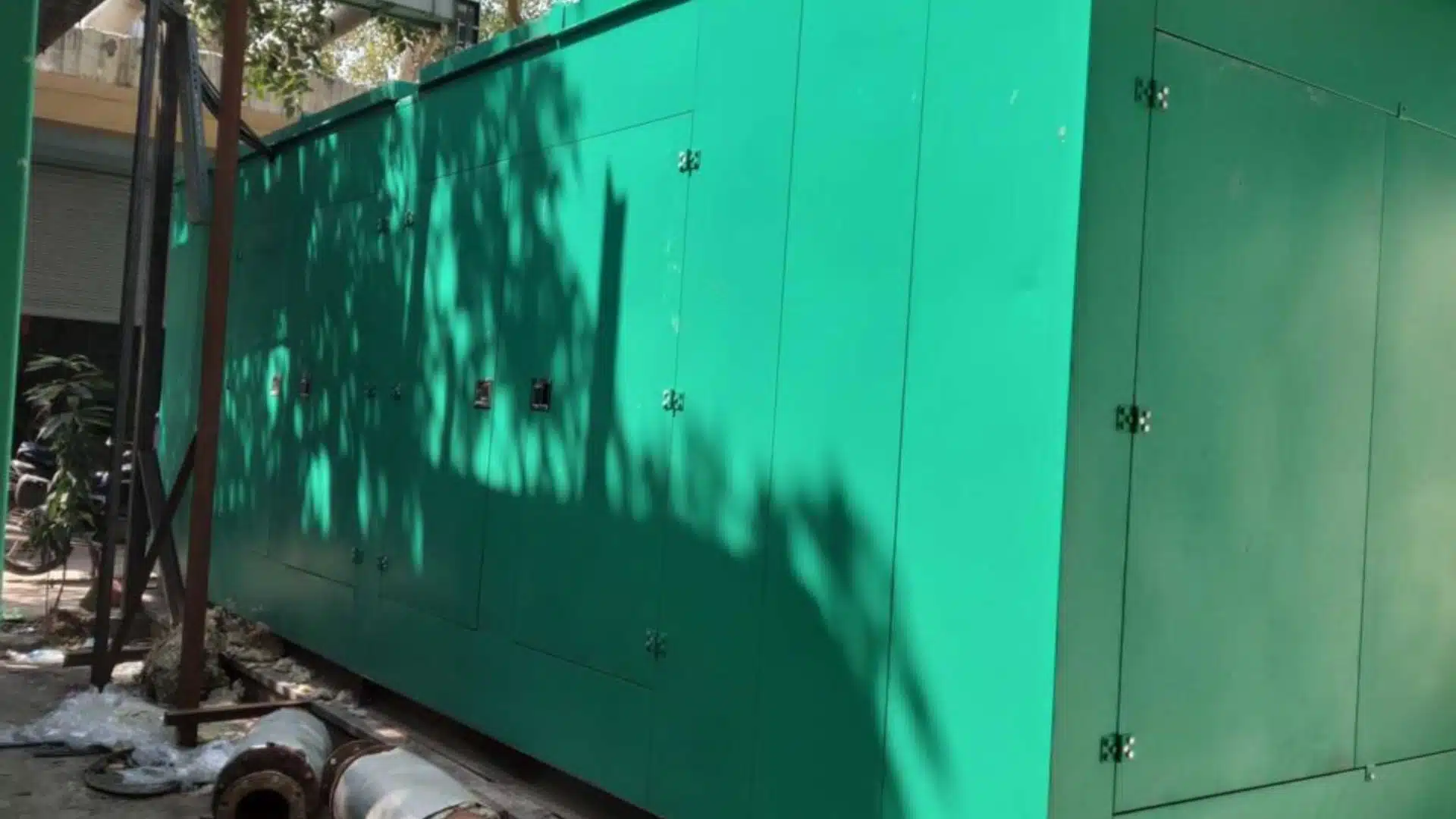
The Science of Silence: Exploring Generator Acoustics
Introduction:
In the realm of power generation, the relentless hum of generators often accompanies the provision of electricity, but it doesn’t have to disrupt the peace. Generator acoustics, a specialized field of engineering, focuses on minimizing the noise produced by generators to create quieter and more comfortable environments. In this exploration, we delve into the science of silence, uncovering the intricacies of Generator Acoustics, its importance, and the innovative solutions it offers to mitigate noise disturbances.

Understanding Generator Acoustics:
Generator acoustics involves the study and application of soundproofing techniques and technologies to reduce the noise emitted by generators during operation. Generators produce noise as a byproduct of the combustion process, mechanical vibrations, and airflow, which can create significant noise disturbances in both indoor and outdoor environments. Generator acoustics seeks to address these challenges by implementing soundproofing measures to minimize noise levels and create quieter surroundings.
The science behind generator acoustics encompasses various principles, including sound absorption, vibration isolation, and sound barrier construction. By strategically designing and implementing acoustic enclosures, mufflers, and barriers, engineers can effectively attenuate the noise generated by generators, ensuring that they operate quietly and without causing disruptions to nearby occupants.
Importance of Generator Acoustics:
The importance of generator acoustics cannot be overstated, particularly in environments where noise disturbances can have detrimental effects on health, productivity, and overall well-being. In residential areas, noisy generators can disrupt sleep and relaxation, leading to increased stress and discomfort for residents. In commercial and industrial settings, generator noise can interfere with communication, concentration, and productivity, impacting the performance of employees and the quality of services provided.
Furthermore, generator noise can also have environmental implications, contributing to noise pollution and affecting wildlife in surrounding areas. By prioritizing generator acoustics and implementing soundproofing solutions, businesses and communities can mitigate these negative effects and create quieter and more sustainable environments for all.
Innovative Solutions in Generator Acoustics:
Advancements in technology have led to the development of innovative solutions in generator acoustics, offering more efficient and effective ways to reduce noise emissions. Acoustic enclosures and soundproofing materials are designed to absorb, block, or dampen sound waves, minimizing noise levels and creating quieter generator operations. Additionally, advanced muffler designs and exhaust system configurations help reduce the sound produced by the combustion process, further enhancing the acoustic performance of generators.
Moreover, remote monitoring and control systems allow for real-time monitoring of generator performance and noise levels, enabling proactive adjustments to optimize soundproofing effectiveness. By combining these innovative solutions with sound engineering principles, generator acoustics experts can achieve significant reductions in noise emissions while ensuring reliable and efficient power generation.
Conclusion:
In the pursuit of creating quieter and more comfortable environments, generator acoustics emerges as a crucial component in minimizing noise disturbances associated with power generation. By understanding the science of silence and implementing innovative solutions in generator acoustics, businesses and communities can enjoy the benefits of reliable power generation without the disruptions of excessive noise. Embrace the science of silence, and unlock the potential of generator acoustics to create quieter, more peaceful surroundings for all.



